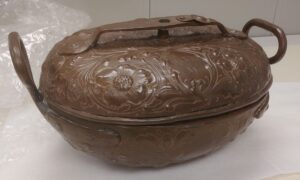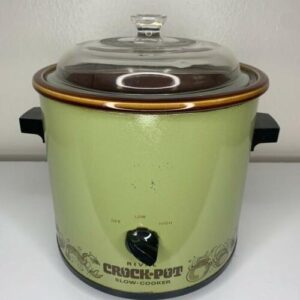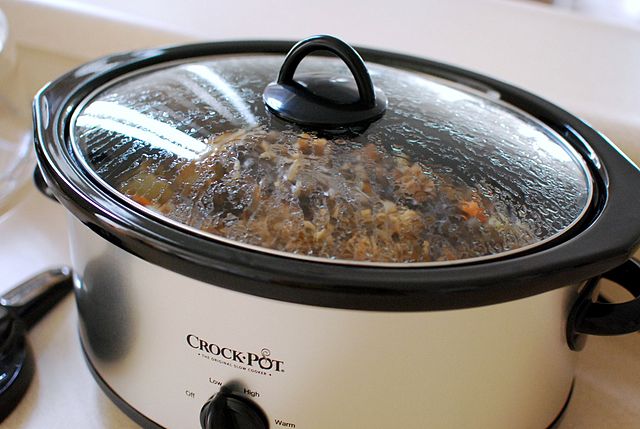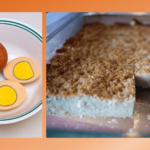Although the book I am writing focuses on the history of the Shabbat stew (chulent, hamin, dafina, etc.), along the way I have also come across lots of interesting side notes and tidbits that accompany the story of the dish itself. In addition to things such as its influence on many other dishes around the world, extra “bonus” foods that started in the chulent pot and have subsequently emerged on their own, and the breakdown of major stew ingredients by region of the world, one of my favorites is looking at the variety of answers people have for the question of “how to make chulent.”
The method in which people have kept their stews warm for overnight cooking are almost as varied as the stew itself. And yet, as this post will show, one of the modern ones is particularly appropriate for making this dish.
For those who are unfamiliar with the Shabbat stew, observant Jews around the world have various types of stews that slow-cook through Friday night to be eaten warm on Saturday afternoon for lunch. The standard Ashkenazi version is called chulent (also sometimes spelled cholent, tsholnt, or chunt), while a classic Sephardic name for the dish is hamin. Other communities have versions called dafina, skhina, osavo, maboseh, haleem, etc. But what these all have in common is the slow-cooked aspect. This is to solve the issue of having hot food for Sabbath day despite the prohibition against active cooking that day. By preparing it on Friday and allowing it to stay warm through the night, the stew works around the surface-level problem and provides for a lovely hot lunch. But it also lends this class of dishes their unique element.
But How Should You Make Your Chulent?
Throughout history many methods and utensils have been employed to reach the same result. Sometimes a pot might have been buried in hot sand, or the embers of a bathhouse fire. Others have left pots to heat on top of a small burner such as a brazier. Once small indoor home ovens became popular, they were commonly used, though in places such as Kurdistan, outdoor clay or stone ovens have been popular for centuries.

Of course, in modern times, some people just put a pot in their oven or on an electric hot plate (called a “plata” in Israel) for overnight cooking. Others use a slow-cooker (known colloquially by the brand name of the originator, Crock-Pot). And in recent years, the Instant Pot has gained in popularity (though I feel there’s just something wrong about overnight cooking in something that is called “instant,” even though I know that slow-cooking is one of its designated functions). Which brings me to the fun bit of this post.
The Most Appropriate Method

So what does that have to do with the modern slow cooker? Unknown to most, the inventor of the popular kitchen appliance was actually a Jew, and he was inspired to make it by the communal oven idea. Irving Naxon (born Nachumson) heard stories of his mother bringing his grandmother’s chulent pot to the communal oven in Europe, and decided to recreate the steady, surrounding heat that the baker’s oven provided, only on a personal, one-kitchen-at-a-time level!
To be completely honest, I think it depends both on the size of your stew, and what specific type you are making — some work better in an oven or on a hotplate, while for others the slow cooker rules. Regardless, many Jews today opt for a slow cooker as their preferred way to make chulent. What I find most remarkable, however, is that most of them have no idea how appropriate a cooking method it is for such a food. By making chulent in a crock pot, they are not cleverly applying a modern device to an ancient Jewish food. They are actually continuing in a traditional way of heating the stew that has been used for hundreds of years. The only change is that it is now on a personalized scale!
Just like this stew that has been made by Jews for at least 1,500 years, but that also has found itself altered with new ingredients and modern sophistication, the method for keeping the food cooking all night has also found modern updates while keeping the core the same.






